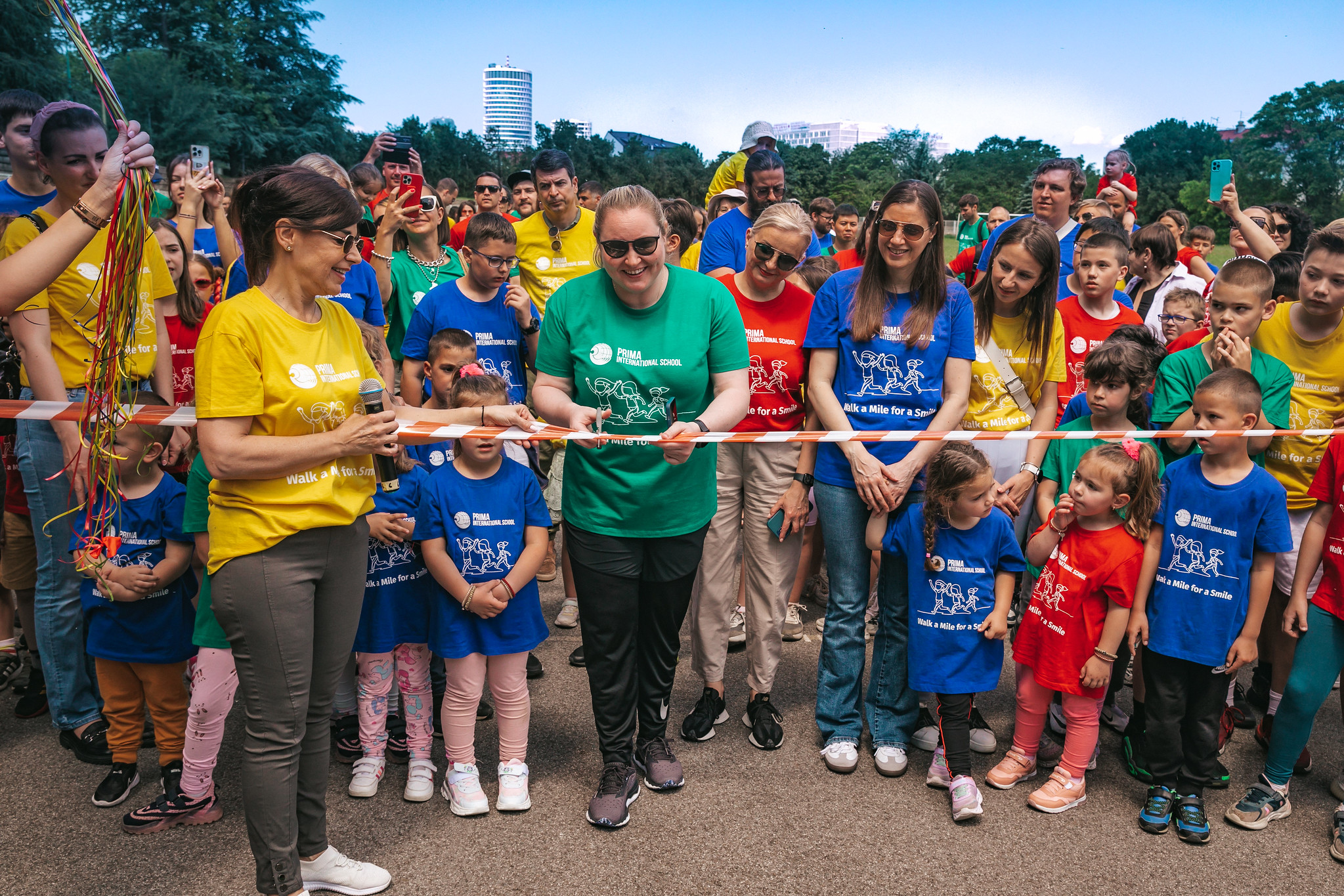A child’s attachment to their parents begins in the womb, as offspring develop enough to be born. However, children must also remain emotionally attached until they can stand on their own feet, think independently, and determine their own path.
Dr. Gordon Neufeld identifies six pathways to healthy attachment.
Step 1
The first step in developing attachment is through the senses. A child must feel connected to the person they are attached to through their senses (sight, sound, touch, smell). The child will express restlessness and protest when this closeness is threatened or disrupted. Sensory attachment is the fundamental form of bonding, starting at birth and continuing throughout life.
Step 2
Around the age of three or four, the next stage of attachment emerges, where the child wants to be like their primary caregivers or those closest to them. The child imitates, mimics, and identifies with people and objects. If this identification does not occur within the family, the child may seek it elsewhere—among peers, pop icons, or other influences.
Step 3
If everything progresses, the third form of attachment typically develops after the child starts walking. Being close to someone means considering them as one’s own; presence becomes essential for the relationship.
Step 4
The fourth way to form a connection is by seeking significance—the feeling of being important to someone. A preschooler who is attached to all their means wants to please and earn approval. They are highly sensitive to facial expressions that convey dissatisfaction or disapproval. This stage makes the child vulnerable because wanting to be important to someone also means suffering when they feel unimportant to that person. Seeking someone’s favor can lead to feelings of hurt when signs of rejection appear. A sensitive child can easily be broken when the eyes in which they seek warmth do not look back at them.
Step 5
The fifth way of achieving closeness is through emotions, which must be validated in the development of attachment. Emotions are always key to relationship-building and attachment. Children carry the image of their beloved and admired parents in their minds, and this serves as comfort and support, primarily when their emotions are acknowledged. Unfortunately, some people never develop the ability to be emotionally vulnerable and open, often due to early rejection or abandonment. Those who have suffered emotional pain tend to withdraw and turn to less sensitive ways of connecting.
Step 6
The sixth and final path to attachment is knowing the child exactly as they are. Here, it is crucial for the parent to truly see and hear their child for who they are. In seeking closeness, a child will share their inner states and secrets when permitted by the parent. These children are oriented toward their parents—they will allow themselves to be psychologically revealed and share their inner world with them. There is no deeper closeness than being fully known, loved, and accepted as you are, without attempts to correct, improve, or change you.
When development is healthy, these six pathways intertwine, and closeness cannot be destroyed even by the most unfavorable circumstances a child might encounter.
Can a child be simultaneously attached to parents, teachers, and peers? How does culture influence the decline in attachment? What are the pathways to genuine maturity, and what does that entail? What happens when attachment conflicts arise and when our children turn to their peers for closeness instead?
Dr. Gordon Neufeld provided answers to these questions during his regional tour in October, at the invitation of the Novak Djokovic Foundation.

















